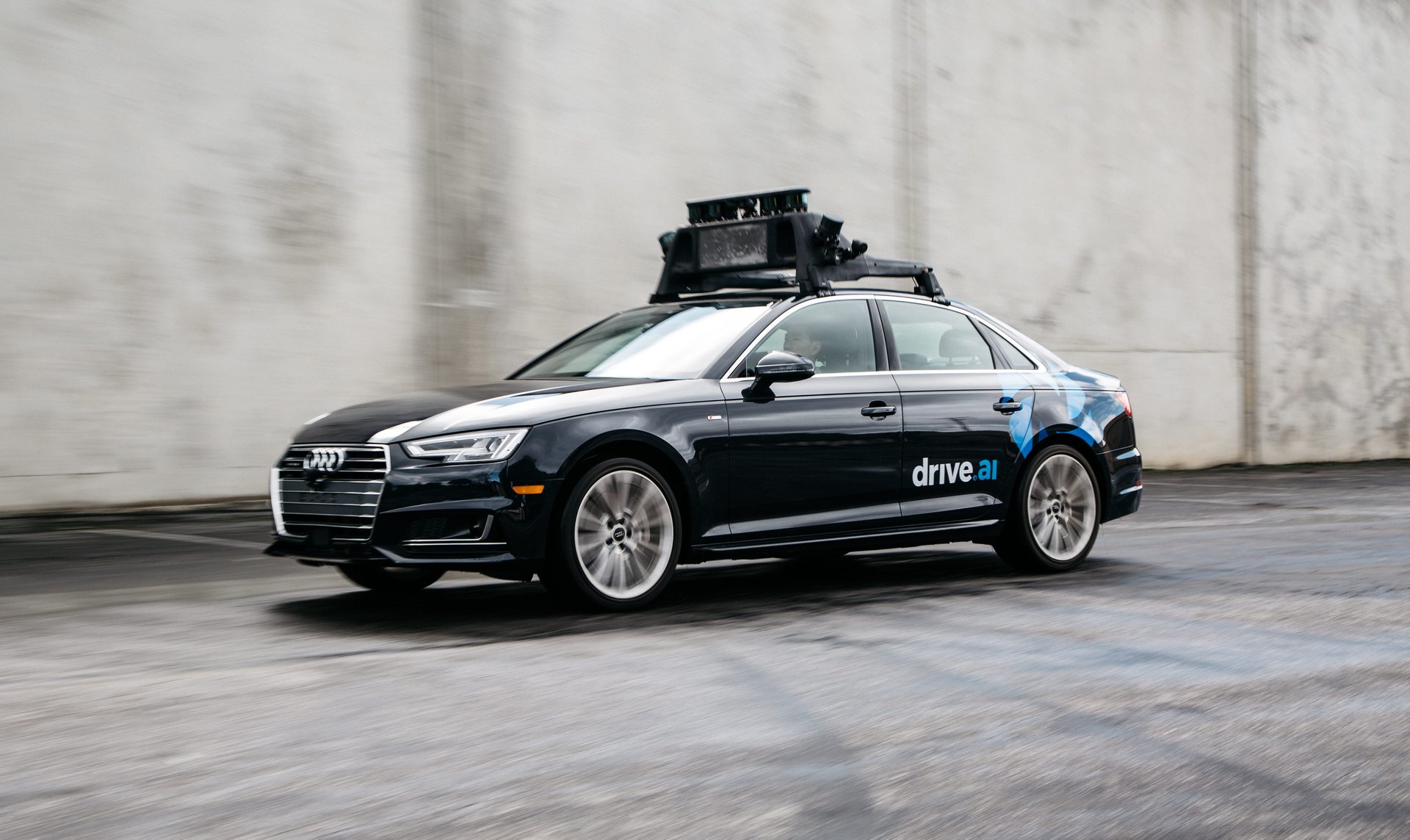Lyft is partnering with Drive.ai to offer its first rides in self-driving cars
Lyft is revving up its driverless car efforts.


Lyft is revving up its driverless car efforts.
The ride-hailing company said today it’s partnering with Drive.ai, a maker of driverless car technology that uses artificial intelligence, to offer rides in self-driving cars to passengers in the San Francisco Bay Area.
While Uber was the first app-based rides company to make a major investment in autonomous vehicles, with its research facility in Pittsburgh, Pennsylvania, Lyft has already partnered with Waymo, the driverless car maker that is affiliated with Google (and currently suing Uber), as well as Boston-based nuTonomy on testing fleets of driverless vehicles. In late July, Lyft formed a self-driving division, including a research facility in Palo Alto, California, and said it was developing software for the mapping and computer vision algorithms that allow autonomous vehicles to navigate their surroundings.
Still, Lyft has been cagey on exactly how it may deploy driverless vehicles. On a press call in late July, Lyft said it hoped to hire “several hundred” people at its driverless car facility by the end of 2018. Chief strategy officer Raj Kapoor said Lyft was not “getting into the business of manufacturing a car” but “working very hard on some exciting partnerships” that would bring automakers onto Lyft’s so-called open platform. Lyft claims the platform allows companies to “plug into” its network of rides, smart dispatches, and trip-generated data. “We should have had a drinking game, how many times we said ‘open,'” a press person joked to reporters on the call.
Drive.ai is a startup spun out of Stanford University that creates AI software and assembles sensors and other hardware to retrofit cars, turing them into autonomous vehicles. It raised $50 million in series B funding in late June, bringing its total funding to about $62 million. Lyft is the No. 2 ride-hailing company in the US after Uber.
The initial Drive.ai pilot with Lyft will be small, Drive.ai co-founder and president Carol Reiley told Quartz. When riders in the Bay Area hail a Lyft, they can opt to take an autonomous ride. Reiley declined to specify the number or exact model of vehicles in the pilot, but said they will initially be four-door sedans. She said Drive.ai asked Lyft to be their only provider of driverless rides in the Bay Area. “We’ve known them a really long time,” Reiley said, when asked why Drive.ai opted to partner with Lyft. “We met before any sort of AV talk was happening.”
There is no financial agreement between Lyft and Drive.ai for the test, but Reiley said Drive.ai hopes to better understand the economics of ride-hailing through its partnership. “The routes, the type of customers, we want to have accelerated learning on that, and Lyft has a platform with a lot of riders,” she said. “Both of us are interested in the data around AV cars and how people perceive that user experience.” For example, people who take a Lyft ride in a driverless car could be surveyed through the Lyft app at the end of their trip, though Reiley said there’s no specific agreement in place to share that kind of data between Lyft and Drive.ai.
“Lyft and Drive.ai are looking forward to deploying our first pilots, which will roll out in stages in the Bay Area soon,” a Lyft spokeswoman said in an emailed statement. Lyft is not currently offering self-driving car rides anywhere else.
Drive.ai has a permit to test six cars and have 12 drivers on California roadways, Jessica Gonzalez, a spokeswoman for the California Department of Motor Vehicles, said in an email. Lyft does not have a permit. Under California law, companies must have a permit to test autonomous vehicles on public roadways, and must have a driver behind the steering wheel at all times. The regulations don’t specify anything about ferrying passengers in autonomous vehicles.
Uber had a brief and disastrous rollout of its self-driving cars in California last December. The company failed to obtain the necessary permitting in open defiance of the state DMV, arguing that its cars were not truly autonomous. One of its vehicles was caught on film running a red light in San Francisco. Shortly after, the California DMV ordered Uber to cease its driverless car road tests immediately.